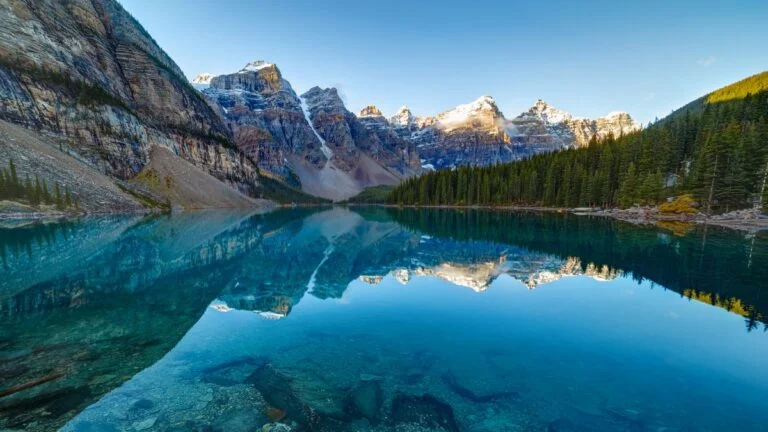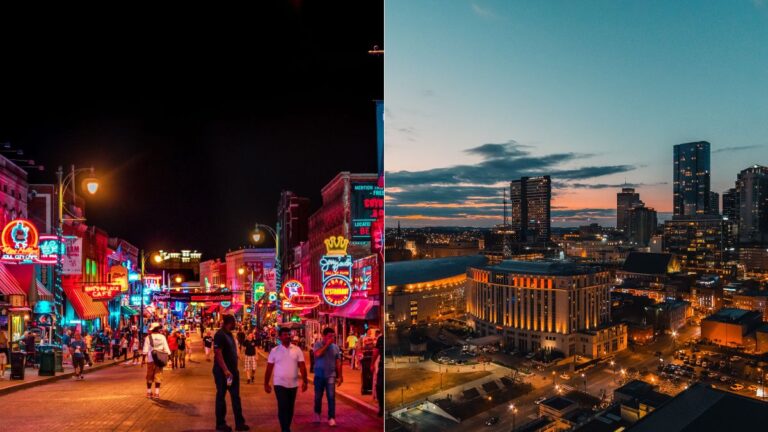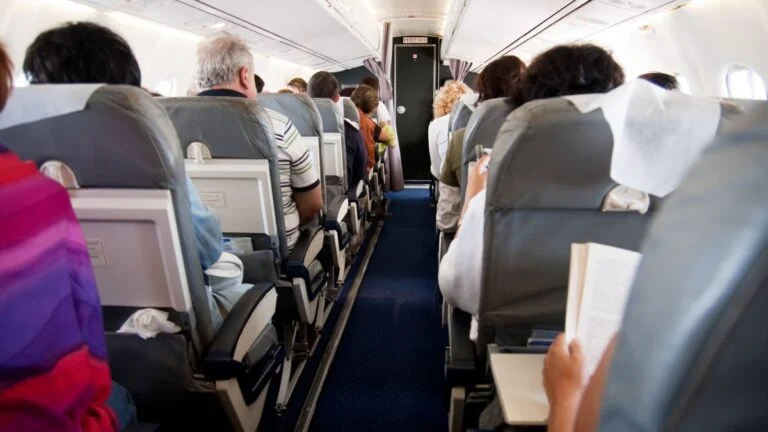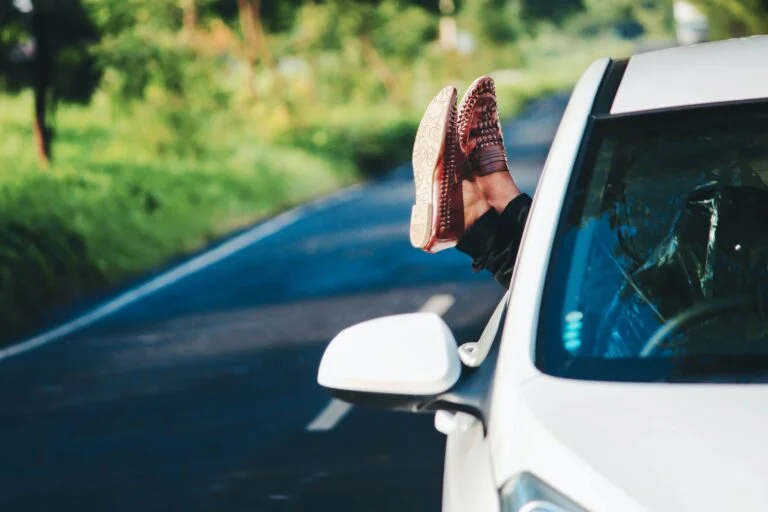How Much Is a Trip To Sri Lanka? Is It Expensive? (2023 Update)
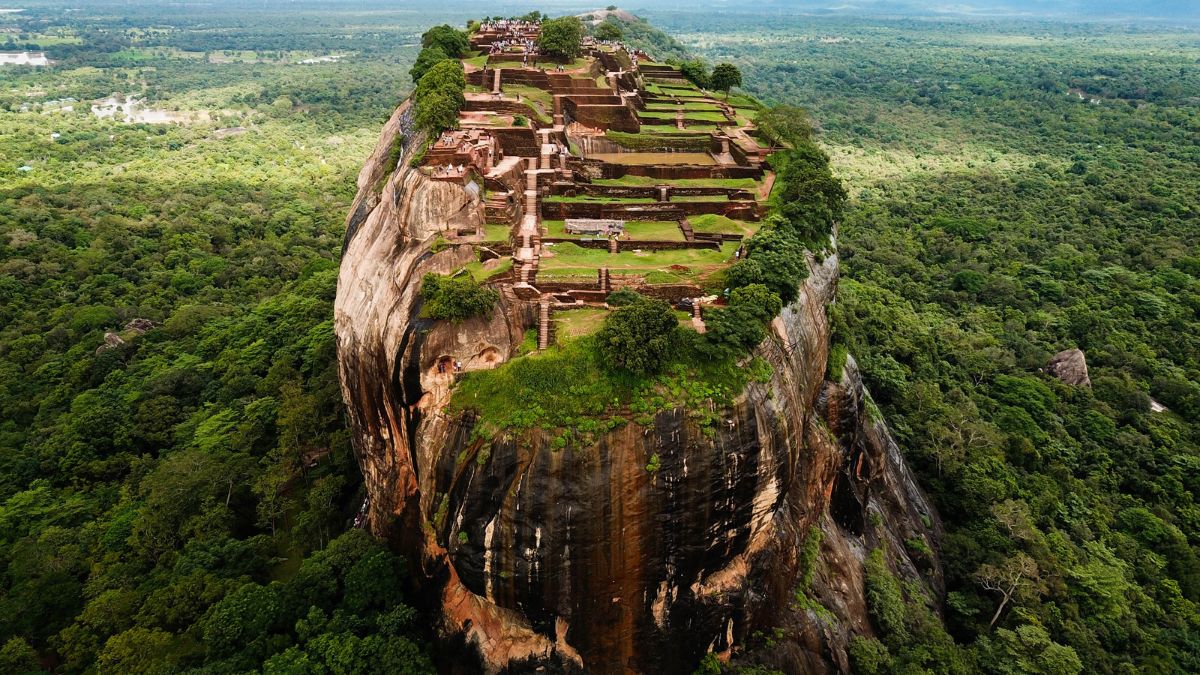
As participants in Amazon Associates and other programs, we earn from qualifying purchases. This comes at no additional cost to you. For more details, see our Affiliate Disclosure.
Sri Lanka is a small island country located in South Asia, famous for its stunning beaches, rich history, and vibrant culture. With a diverse range of attractions, from ancient temples to national parks and tea plantations, it’s no surprise that Sri Lanka has become an increasingly popular travel destination. But the question on many travelers’ minds is how much does it cost to travel to Sri Lanka?
While there’s no straightforward answer to this question, as costs can vary depending on a number of factors, including accommodation, transportation, food, and activities, this article aims to provide a comprehensive breakdown of expenses to give you an idea of what to expect when planning a trip to Sri Lanka. Whether you’re a budget traveler looking to keep costs low or a luxury traveler seeking a more upscale experience, read on to discover the costs associated with traveling to this beautiful country.
Overview of Sri Lanka as a Travel Destination
Sri Lanka, located in the Indian Ocean, is an enchanting travel destination with a rich history, culture, and natural beauty. The island nation boasts of golden beaches, tropical forests, ancient temples and palaces, wildlife reserves, and a diverse cuisine that is sure to satisfy any foodie’s taste buds. The country’s well-preserved colonial architecture, ancient ruins, and cultural sites offer a glimpse into its long and fascinating history.
Whether you are looking for adventure, relaxation, or a bit of both, Sri Lanka has something to offer every kind of traveler. From surfing and hiking to yoga retreats and wildlife safaris, the country has a wide range of activities and experiences to choose from. With its warm and hospitable people, affordable prices, and delicious food, Sri Lanka is a destination that should definitely be on every traveler’s bucket list.
Visa and Other Entry Requirements
Visitors to Sri Lanka must have a valid passport and a visa before entering the country. The visa application process can be done online prior to departure or upon arrival at the airport in Sri Lanka. It is recommended to apply for the visa online to avoid any potential delays at the airport. Tourists can choose from three types of visas: a single-entry tourist visa, a double-entry tourist visa, or a business visa.
The single-entry tourist visa allows visitors to stay in the country for up to 90 days, while the double-entry visa allows two entries within 30 days. The business visa is required for those who plan to conduct business in Sri Lanka. Visa fees are subject to change, so it’s best to check the latest information on the Sri Lankan embassy website.
In addition to a visa, visitors must also have proof of onward travel and sufficient funds to cover their stay in Sri Lanka. It is recommended to have at least $30 USD per day for budget travel and $50 USD per day for mid-range travel. Visitors must also have a return ticket or an onward ticket to another destination.
Failure to meet these requirements may result in denied entry to the country. It is also important to note that some nationalities may require additional documentation or visas, so it’s best to check with the Sri Lankan embassy before traveling.
Accommodation Costs in Sri Lanka
Accommodation in Sri Lanka is generally affordable, with a range of options available to suit different budgets and preferences. From basic guesthouses and hostels to luxury hotels and resorts, there is something for everyone. Here are some things to keep in mind when budgeting for accommodation in Sri Lanka:
- The cost of accommodation can vary depending on the location, with beach towns and tourist hotspots generally being more expensive than rural areas.
- During the low season (May to August), accommodation prices are generally lower than during the high season (December to February).
- Basic guesthouses and hostels can be found for as little as $10-$15 per night, while mid-range hotels and guesthouses typically range from $20-$50 per night.
- Luxury hotels and resorts can cost upwards of $100 per night, but often offer special deals and discounts during the low season.
- Airbnb and other vacation rental options are also available in Sri Lanka, with prices varying depending on location and type of accommodation.
It is possible to find affordable and comfortable accommodation in Sri Lanka regardless of your budget. With a little research and planning, you can find a place that meets your needs and allows you to enjoy your stay in this beautiful country.
Here’s a table summarizing the approximate costs of accommodation in Sri Lanka based on the information provided:
| Type of Accommodation | Approximate Cost |
|---|---|
| Budget double room (off-season) | LKR1,500 (US$10.40) |
| Double room in beach towns (off-season) | LKR3,000-3,500 (US$21-25) |
| Basic double room (not along the coast) | LKR1,500 (US$10.40) |
| Higher end hotel with swimming pool and breakfast | LKR5,000-6,000 (US$35-41) |
| Luxury hotel | Starting at LKR7,000 (US$49) during low season |
Food and Drink Expenses
Food and drink expenses in Sri Lanka can be quite affordable, especially if you opt for local food and street stalls. Here are some things to keep in mind when budgeting for food and drink expenses in Sri Lanka:
- Local food such as rice and curry, hoppers, and kottu roti can be found for as little as $1-$3 per meal at street stalls and small local eateries.
- Mid-range restaurants and cafes typically charge between $5-$10 per meal.
- High-end restaurants and hotel dining can cost upwards of $20 per meal.
- Alcohol can be quite expensive in Sri Lanka due to high taxes. A beer at a local bar can cost around $2-$3, while cocktails at high-end bars can cost upwards of $10.
- Bottled water is widely available and cheap, costing around $0.30-$0.50 per bottle.
Food and drink expenses in Sri Lanka are quite reasonable, especially if you stick to local cuisine and avoid high-end establishments.
Here’s a table summarizing the approximate costs of food and drink expenses in Sri Lanka based on the information provided:
| Food and Drink Item | Approximate Cost |
|---|---|
| Local street food | $1-$3 per meal |
| Mid-range restaurant | $5-$10 per meal |
| High-end restaurant | $20+ per meal |
| Beer at local bar | $2-$3 per drink |
| Cocktail at high-end bar | $10+ per drink |
| Bottled water | $0.30-$0.50 per bottle |
Transportation Options and Costs
Transportation options in Sri Lanka include a variety of affordable and convenient modes of travel. Here are some things to keep in mind when budgeting for transportation in Sri Lanka:
- The most common mode of public transportation is the bus, which is affordable and covers most parts of the country. Fares range from around $0.20-$2 depending on the distance traveled.
- Taxis and tuk-tuks (motorized rickshaws) are also widely available, with fares varying depending on the distance and negotiation skills. A short ride within a city can cost around $1-$5, while longer trips can cost up to $30-$40.
- Train travel is a popular option for longer journeys, particularly between major cities. Fares vary depending on the class of travel, with prices starting at around $2 for a basic seat.
- Private car hire is also available, with prices varying depending on the type of vehicle and distance traveled. It is often more expensive than other modes of travel but can be convenient for longer trips or for groups of travelers.
Here’s a table summarizing the approximate costs of transportation in Sri Lanka based on the information provided:
| Mode of Transportation | Approximate Cost |
|---|---|
| Bus | $0.20-$2 per trip |
| Tuk-tuk/Taxi | $1-$40 per trip |
| Train | $2 and up |
| Private Car Hire | Varies |
Transportation in Sri Lanka is affordable and efficient, with a variety of options to choose from depending on your budget and travel needs.
Tourist Attractions and Activities
Sri Lanka offers a range of attractions and activities for tourists to enjoy, from cultural sites and historical landmarks to natural wonders and outdoor adventures. Here are some things to keep in mind when budgeting for tourist attractions and activities in Sri Lanka:
- Many of Sri Lanka’s cultural and historical sites, such as temples and ancient ruins, charge admission fees ranging from $5-$25 USD per person.
- National parks and wildlife reserves also charge admission fees, which typically range from $10-$20 USD per person.
- Outdoor activities such as hiking, trekking, and surfing can be enjoyed for free or for a nominal fee, depending on the location and equipment needed.
- Private tours and guides are available for hire for those who prefer a more personalized experience. Prices vary depending on the length of the tour and the level of service provided.
- Food and drink vendors are available at many tourist attractions and can be a budget-friendly way to enjoy local cuisine.
- Shopping for souvenirs and handicrafts can also be a fun activity in Sri Lanka, with prices varying depending on the item and location.
There is no shortage of things to see and do in Sri Lanka. With a little planning and research, you can find activities and attractions that fit your interests and budget. Here’s a table summarizing the approximate costs of some popular tourist attractions and activities in Sri Lanka based on the information provided:
| Activity/Attraction | Approximate Cost (USD) |
|---|---|
| Temple admission fees | $5-$25 per person |
| National park admission fees | $10-$20 per person |
| Surfing lessons | $20-$30 per person |
| Private guided tour | $50-$100 per day |
| Souvenirs/handicrafts | $5-$50 per item |
Other Expenses to Consider
In addition to accommodation, food and transportation, there are a few other expenses to consider when budgeting for a trip to Sri Lanka. Here are some things to keep in mind:
- Visa fees: As mentioned earlier, most visitors to Sri Lanka will need to obtain a visa before arriving in the country. The cost of a visa varies depending on your nationality and the length of your stay. For example, a 30-day visa for most countries costs $35, while a 90-day visa costs $70.
- Entrance fees for tourist sites: Sri Lanka is home to a number of famous tourist sites, including ancient temples, national parks, and historical landmarks. While many sites are free to enter, others charge an entrance fee. The cost of entrance fees can vary depending on the site, but they generally range from $5-$30.
- Travel insurance: While travel insurance is not required to enter Sri Lanka, it is always a good idea to have coverage in case of unexpected medical expenses, trip cancellations, or other emergencies. The cost of travel insurance can vary depending on your age, destination, and level of coverage, but it is generally a small percentage of the total cost of your trip.
- Souvenirs and other purchases: Finally, it’s important to budget for any souvenirs or other purchases you may want to make during your trip. Sri Lanka is known for its tea, spices, and handicrafts, which can make great gifts for friends and family back home. The cost of souvenirs and other purchases can vary widely depending on what you’re buying and where you’re buying it, so it’s a good idea to set aside some extra money for these expenses.
By taking into account these additional expenses, you can ensure that you have a realistic budget for your trip to Sri Lanka and avoid any unexpected financial surprises.
Tips for Saving Money in Sri Lanka
Here are some tips for saving money while traveling in Sri Lanka:
- Take public transportation: Public buses and trains are the cheapest ways to get around Sri Lanka. They are also a great way to experience the local culture.
- Eat like a local: Try the local street food and eat at small local restaurants to save money on food.
- Bargain when shopping: Bargaining is a common practice in Sri Lanka, especially at markets and street vendors. Don’t be afraid to negotiate the price.
- Avoid tourist traps: Some tourist attractions may charge higher prices than others. Do your research before visiting and avoid overpriced activities.
- Travel during the low season: Accommodation, flights, and activities can be cheaper during the low season, which is from May to August.
- Bring your own water bottle: Tap water is not safe to drink in Sri Lanka, but you can refill your water bottle at water stations instead of buying bottled water.
- Use a local SIM card: Buying a local SIM card can be cheaper than using international roaming.
By following these tips, you can save money while enjoying all that Sri Lanka has to offer.
Sample Sri Lanka Travel Budget
Here’s an example of a daily travel budget for a solo traveler in Sri Lanka based on the information provided:
Accommodation:
- Basic guesthouse or hostel: $15
- Mid-range hotel or guesthouse: $35
- Luxury hotel or resort: $100
Food:
- Budget meal at a local restaurant: $3-5
- Mid-range meal at a restaurant or hotel: $10-15
- High-end meal at a fancy restaurant: $25-30
Transportation:
- Local bus or train ride: $1-3
- Tuk-tuk or taxi ride within a city: $2-5
- Private car or driver for a day trip: $30-50
Activities:
- Entrance fee to a tourist attraction: $5-10
- Safari or wildlife tour: $50-100
- Surfing or other adventure activity: $20-50
Other expenses:
- SIM card and data plan: $5-10
- Bottled water and snacks: $5-10
Total daily budget range: $35-75 (not including flights or visas)
Of course, your actual travel expenses will depend on your personal travel style and preferences, but this sample budget should give you an idea of the approximate costs of traveling in Sri Lanka.
Is Sri Lanka Expensive to Visit?
Sri Lanka can be a relatively affordable travel destination, especially for budget-conscious travelers. However, like any other country, the cost of visiting Sri Lanka can vary depending on a number of factors, such as the time of year, type of accommodation, mode of transportation, and activities you plan to do.
Generally speaking, Sri Lanka can be considered an affordable destination in comparison to other popular destinations in the region, such as the Maldives or Seychelles.
That being said, the cost of visiting Sri Lanka can still add up, particularly if you are looking to stay in high-end accommodations, take private tours, or engage in other costly activities. The good news is that there are plenty of ways to save money while traveling in Sri Lanka, such as opting for public transportation, eating at local restaurants, and staying in budget-friendly accommodations.
By carefully planning your trip and doing some research ahead of time, it is possible to enjoy all that Sri Lanka has to offer without breaking the bank.

